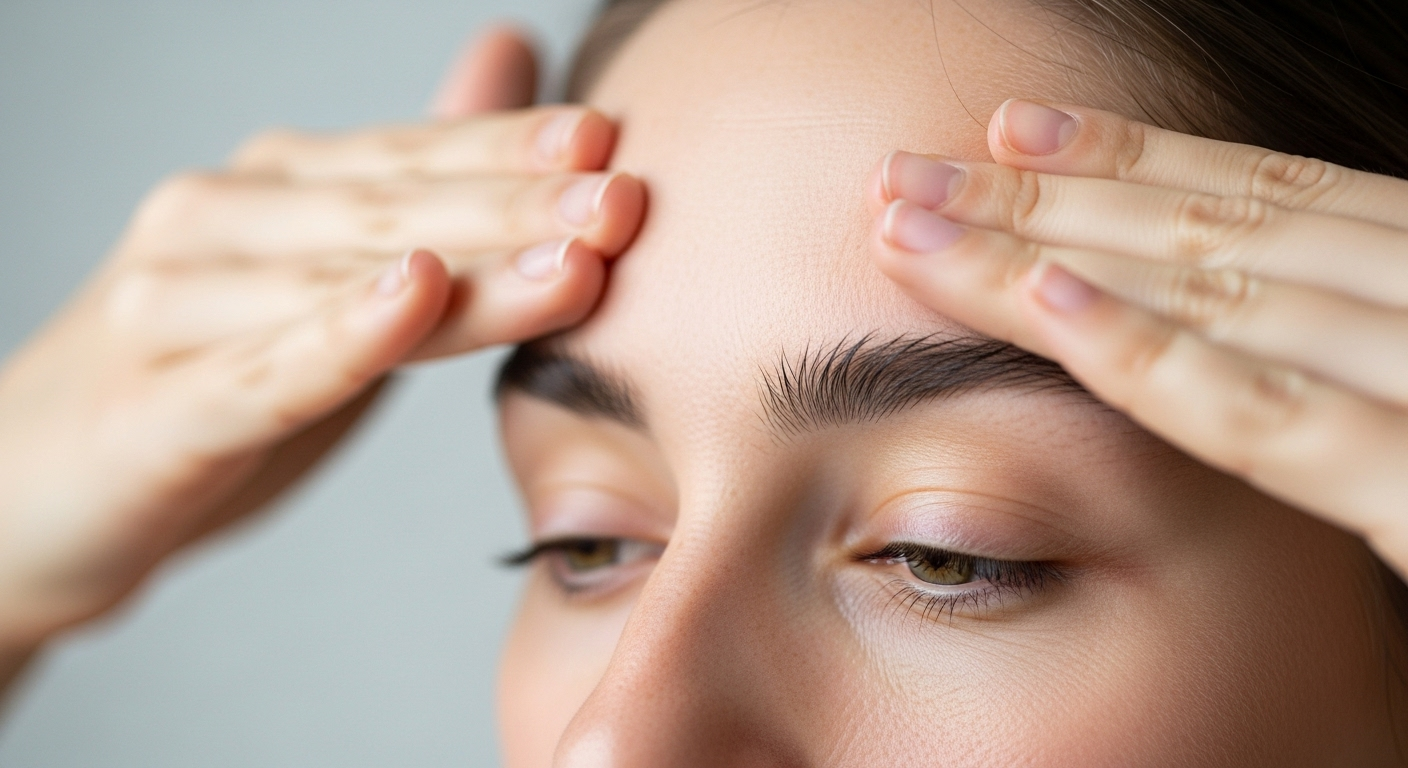Understanding Massage Therapy: Health Benefits and Applications
Massage therapy has evolved from a luxury treatment into a recognized wellness practice with documented physical and mental health benefits. From addressing chronic pain conditions like migraines to counteracting the effects of prolonged sitting, massage techniques offer practical solutions for modern health challenges. This article explores how different massage approaches support physical well-being, enhance performance, and contribute to overall quality of life.

Massage therapy encompasses various techniques designed to manipulate soft tissues, improve circulation, and promote relaxation. While many people associate massage with spa experiences, clinical applications demonstrate measurable effects on conditions ranging from tension headaches to reduced mobility. Understanding how specific massage methods address particular health concerns helps individuals make informed decisions about incorporating bodywork into their wellness routines.
What Are the Physical Health Advantages of Massage for Migraines
Migraine sufferers often experience debilitating symptoms including severe headaches, light sensitivity, and nausea. Research indicates that regular massage therapy may reduce migraine frequency and intensity through several mechanisms. Therapeutic massage helps decrease muscle tension in the neck, shoulders, and scalp—areas where trigger points commonly contribute to migraine episodes. By addressing these tension patterns, massage may interrupt the pain cycle before migraines fully develop.
Additionally, massage influences the nervous system by promoting parasympathetic activity, which counteracts the stress response often associated with migraine triggers. Studies have shown that individuals receiving consistent massage therapy report fewer migraine days per month compared to control groups. The physical manipulation of tissues also improves blood flow to the head and neck region, potentially reducing the vascular components that contribute to migraine pain. While massage should not replace medical treatment for chronic migraines, it serves as a complementary approach that addresses both symptoms and underlying muscular contributors.
How Do Massage Techniques That Promote Relaxation Help with Migraines
Relaxation-focused massage techniques specifically target the stress response that frequently precedes migraine attacks. Swedish massage, characterized by long, flowing strokes and gentle kneading, activates the body’s relaxation response by lowering cortisol levels and increasing serotonin production. These biochemical changes create an environment less conducive to migraine development.
Craniosacral therapy, another relaxation-oriented technique, uses light touch to release restrictions in the craniosacral system, which includes the membranes and fluid surrounding the brain and spinal cord. Practitioners report that this gentle approach helps regulate cerebrospinal fluid movement and reduce tension patterns associated with headaches. Myofascial release techniques focus on stretching and releasing fascial restrictions that may contribute to referred pain patterns affecting the head and face. By systematically addressing tension throughout the body rather than focusing solely on the head, these relaxation techniques create comprehensive relief that extends beyond immediate symptom management.
What Role Does Massage Play in Enhancing Flexibility and Performance
Athletes and active individuals increasingly incorporate massage into training regimens to maintain flexibility and optimize performance. Sports massage techniques target specific muscle groups used in particular activities, helping to prevent injuries caused by overuse or inadequate recovery. Deep tissue massage breaks down adhesions and scar tissue that limit range of motion, allowing joints to move through their full functional capacity.
Regular massage sessions contribute to improved proprioception—the body’s awareness of position and movement in space. Enhanced proprioception translates to better coordination and movement efficiency during physical activities. Massage also facilitates faster recovery by promoting circulation and lymphatic drainage, which removes metabolic waste products from muscles after intense exercise. Studies examining athletic populations demonstrate that those receiving regular massage therapy experience less delayed onset muscle soreness and maintain greater flexibility compared to those relying solely on stretching protocols. The combination of increased blood flow, reduced muscle tension, and improved tissue quality creates optimal conditions for both training adaptation and injury prevention.
How Does Massage Help in Combating the Effects of Sedentary Lifestyles
Prolonged sitting creates specific musculoskeletal challenges including shortened hip flexors, weakened gluteal muscles, and rounded shoulder posture. Massage therapy addresses these adaptations by releasing chronically contracted muscles and stimulating underactive muscle groups. Chair massage and targeted bodywork for office workers focus on the neck, shoulders, and lower back—areas most affected by desk work.
Regular massage sessions help counteract the circulatory stagnation associated with sedentary behavior. Sitting for extended periods reduces blood flow to the lower extremities and contributes to fluid retention. Massage techniques that incorporate lymphatic drainage and compression help restore healthy circulation patterns. Additionally, the postural distortions created by prolonged sitting respond well to myofascial techniques that address fascial restrictions throughout the anterior body. By systematically releasing shortened tissues in the chest, hip flexors, and anterior neck while activating weakened posterior chain muscles, massage helps restore balanced posture and reduces the chronic pain patterns common among sedentary workers.
This article is for informational purposes only and should not be considered medical advice. Please consult a qualified healthcare professional for personalized guidance and treatment.
Considerations for Incorporating Massage into Wellness Routines
When beginning massage therapy, individuals should communicate clearly with practitioners about specific health concerns, pain patterns, and wellness goals. Different massage modalities address distinct issues, and matching technique to need improves outcomes. Frequency recommendations vary based on condition severity and individual response, with chronic conditions often requiring weekly sessions initially, transitioning to maintenance schedules as symptoms improve.
Contraindications exist for certain conditions including acute injuries, infections, and specific cardiovascular issues. A thorough health history discussion ensures safe and appropriate treatment. Many people find that combining massage with other wellness practices such as stretching, strengthening exercises, and stress management techniques creates synergistic benefits that exceed isolated interventions. Tracking symptom patterns and treatment responses helps optimize massage frequency and technique selection over time, creating personalized approaches that address individual health profiles effectively.




